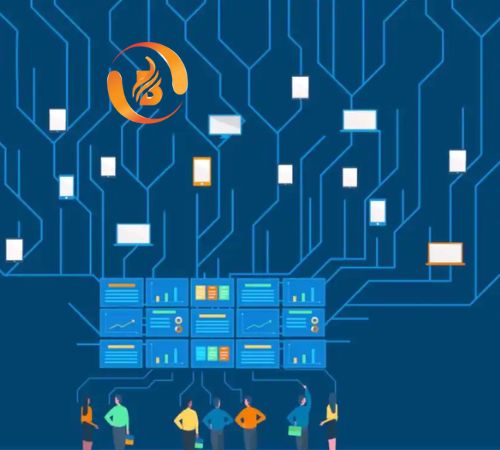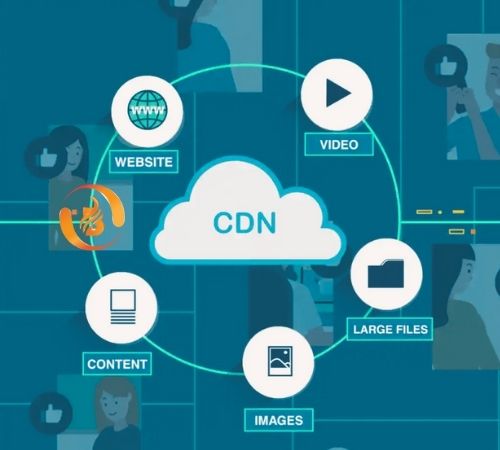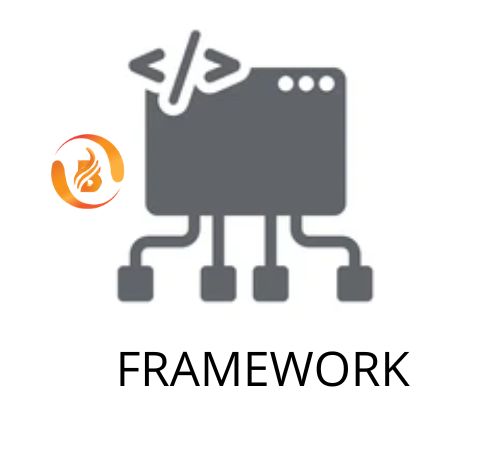The best SEO Company in India defines a content delivery network (CDN) as a collection of geographically distributed computers that accelerates the delivery of internet material by bringing it closer to customers. Caching, a procedure that temporarily saves copies of files, is used by data centers all over the world so that you may access internet material via a web-enabled device or use a server near you to browse more quickly. CDNs cache web pages, images, and videos on proxy servers near your physical location. This eliminates the need to wait for the material to load before viewing a movie, installing software, checking your bank account, publishing on social media, or conducting business. A CDN can be compared to an ATM. Having a cash machine on almost every corner makes getting money quick and easy. There are no long bank lines, and ATMs are located in a variety of accessible places for quick access.
SEO Company in India services were created to help relieve network congestion generated by transferring rich online information like graphics and video over the internet, much like a traffic jam. Material from centrally located servers takes much too long to reach individual users. CDNs currently include software downloads, documents, portals, e-commerce, live streaming media, on-demand video streaming media, and social networking sites, as well as text, pictures, scripts, and media files.
CDNs may also aid with the defense of websites against malicious actors and security risks like distributed denial-of-service (DDoS) attacks.

How does it work?
A CDN’s purpose is to minimize latency. Latency is the irritating wait you get while trying to view a web page or video stream on your device before it fully loaded. Even though it’s measured in milliseconds, it might feel like an eternity, and it could cause a load error or time-out. SEO Company in India tells that content delivery networks reduce latency by shortening the distance that material must travel to reach you. As a result, by placing online content as near to the end user as feasible, larger, more widely spread CDNs are able to serve web content more rapidly and consistently.
Let’s imagine it’s the weekend and you want to relax while watching the newest Hollywood blockbuster – the CDN will locate the most appropriate server on its network to provide that video. This is usually the server that is closest to your physical location. The media files will be cached and stored on that content delivery network server for future requests from other users in the same geographic area. If the item you requested is unavailable or obsolete, the CDN service will cache the freshly obtained content for future queries.
While CDNs are commonly used to transport website material, this isn’t their main use. CDNs, in reality, serve a wide range of material, including 4K and HD video, audio streams, software downloads like applications, games, OS upgrades, and much more. A content delivery network may potentially distribute any data that can be digitized.
Visit us at: www.biovustechnologies.com







